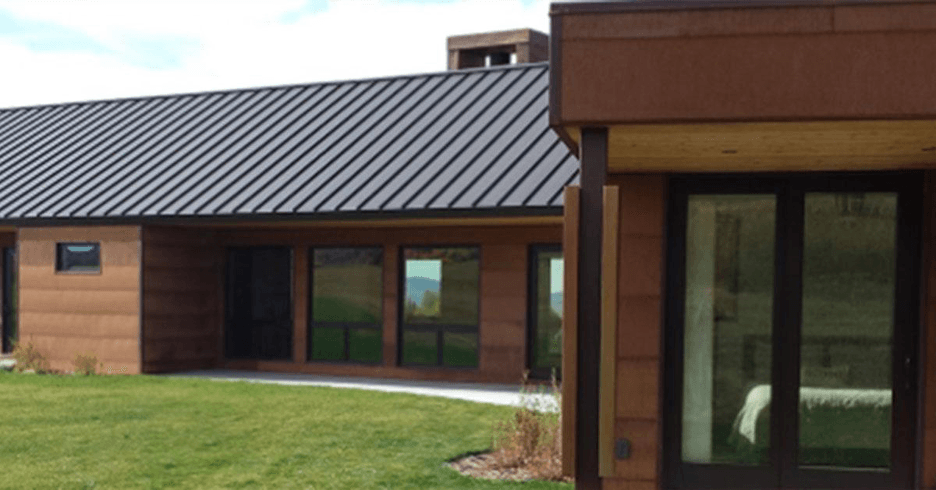Comparing Standing Seam Roof Types: Nail Strip V. Clip System
Are you ready for a standing seam roof but stuck on which type of standing seam panel to choose? We understand it can be a complicated decision and we’re here to help.
At Western States Metal Roofing, we appreciate how popular standing seam is in modern architecture. This is why we manufacture the different types of standing seam panels: Snap Lock/ Western Lock, MS2® 2” Deep Mechanically Seamed, and Western Seam® Nail Strip.
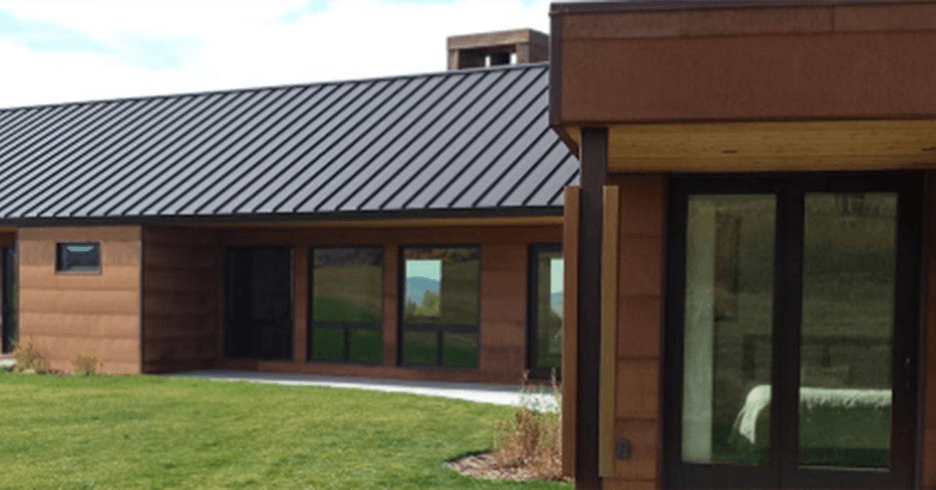
We want our customers to be informed about all of their options so they are confident with the roofing choice they make.
If you’ve already compared Snap Lock to Mechanically Seamed and have ruled out a mechanically seamed metal roof, there is still another system to consider.
When it comes to comparing a clip system such as Snap Lock to the Nail Strip system, the biggest difference is installation. Nail strip is considered the entry level standing seam system that is best for DIY installers while Snap Lock is meant for professional installations only.
In this article, we discuss both types of standing seam systems so you can decide which is best for you.
What Is Snap Lock?
Snap Lock is a standing seam metal roof that features a clip system which is used to attach each panel to the roof deck. These clips fasten underneath the panel and out of view to keep the clean look of a standing seam roof.
The panel seam heights come in 1”, 1 ½”, 1 ¾ ", or 2” and feature a male and female leg that snap together.
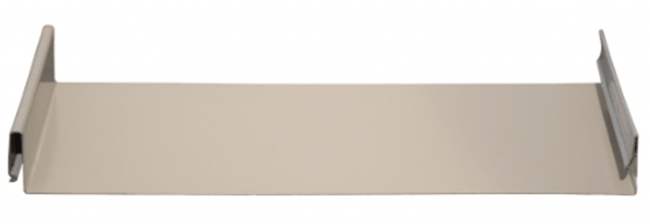
What Is a Nail Strip Standing Seam?
Nail strip, also known as nail flange or fastener flange, is a standing seam system with panel seams heights for either 1” or 1 ½ “. The panels are fastened directly to the deck through the male leg. Once the panel is secure, the female leg of the panel snaps over which hides the fasteners. Unlike Snap Lock, there are no clips used in this type of standing seam.
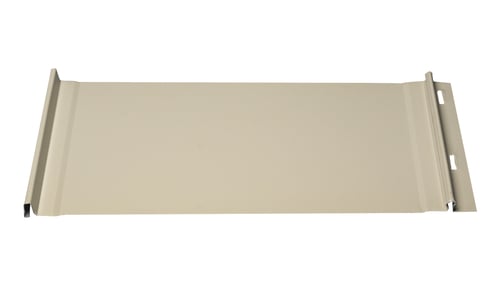
Standing Seam Installation: Clips vs. Screw Down
Snap Lock Clip System
Just as the name suggests, this roofing system consists of panels that snap together and have concealed clips attached to keep them together.
While Snap Lock is not as difficult an installation as mechanically seamed, an alternative standing seam system, it is more complex and time consuming than a Nail Strip system. It also requires more pieces of trim plus the clips required to complete the installation. This makes the price you’ll pay for installation higher than a Nail Strip system.
Nail Strip
Installation is one of Nail Strips biggest advantages. It’s the fastest installation of all the standing seam roofs. The panels are directly screwed down onto the roof deck without the need for clips or seaming. By requiring less tools and steps to complete, it’s a more straightforward and quicker standing seam installation.
Nail strip is often preferred by beginner installers or for projects with tight deadlines due to the ease of installation.
Standing Seam Panels Cost
Snap Lock
Snap lock panels range from $2.50 to $4.00 per square ft. including clips and screws.
A Snap Lock standing seam roof is slightly more expensive than a Nail Strip roof. As mentioned earlier, this is attributed to increased labor costs and additional accessories required to install the roof.
Nail Strip
Nail strip panels range from $2.00 to $3.50 per square ft. for the panels.
Accessories, trim, and underlayment will be an additional expense. Every project is different and will require different trim pieces and quantities.
Nail strip is the most affordable panel system within the standing seam category.
By not needing additional accessories such as clips and having a more simple installation process, nail strip standing seam reduces costs in both materials and labor.
Standing Seam System Installation Mistakes
With any type of roofing, making errors during installation will result in problems in the roof’s performance. This is also true for both types of standing seam panels.
Be sure to check the engineering required and local code to make sure you are choosing the appropriate panel for your roof slope and your area. Neither panels should be used on a roof with a slope that is less than 3:12.
For Snap Lock, you need to use the right clips for your system. You’ll also need to make sure the clip is secured tightly against the male leg of the panel.
For Nail Strip, a common error is to screw down the fastener as far as it will go, pinning the panel to the deck. The fasteners should never be overtightened.
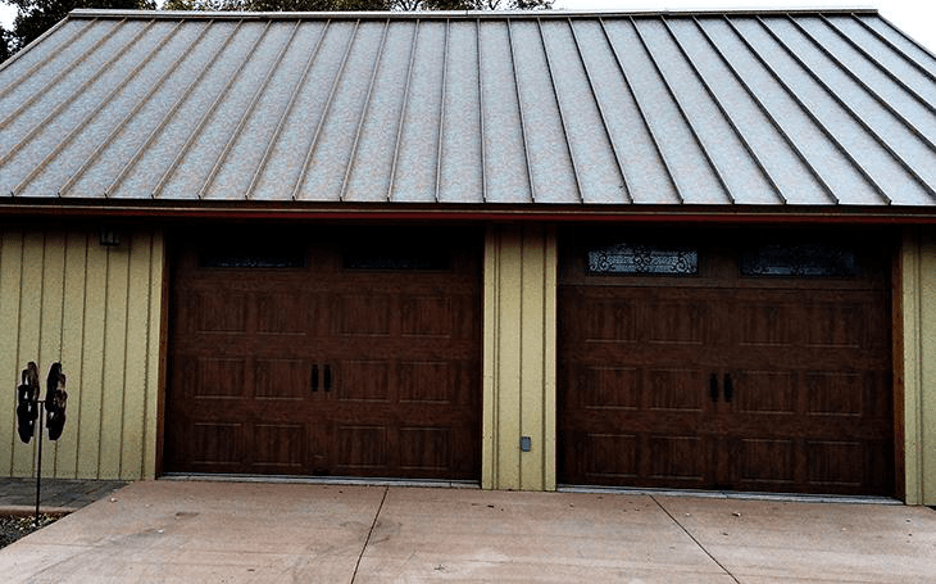
Deciding Between Standing Seam Panel Types
As we mentioned at the beginning of the article, Nail Strip is an entry level standing seam roof that is often installed by DIY roofers while Snap Lock systems are the more standard standing seam system. Though there are some cost savings with Nail Strip, you have to consider if the small price difference is really worth it.
If you want the roof with the best performance, Snap Lock is superior to Nail Strip. The majority of the roofing industry would agree Snap Lock is a better system with a much better long term value. It’s best to use Nail Strip panels when money and time are major concerns. However, there are some circumstances where a Nail Strip roof can be a better fit.
The biggest factors between these panels to take into consideration are:
- What panel lengths do you need?
- Do you want a faster, easier installation?
- What is your budget for your roof?
For a deeper dive into the product specifications of each standing seam panel, visit their product pages today:
LEARN MORE ABOUT SNAP LOCK WESTERN LOCK STANDING SEAM
LEARN MORE ABOUT NAIL STRIP WESTERN SEAM STANDING SEAM

